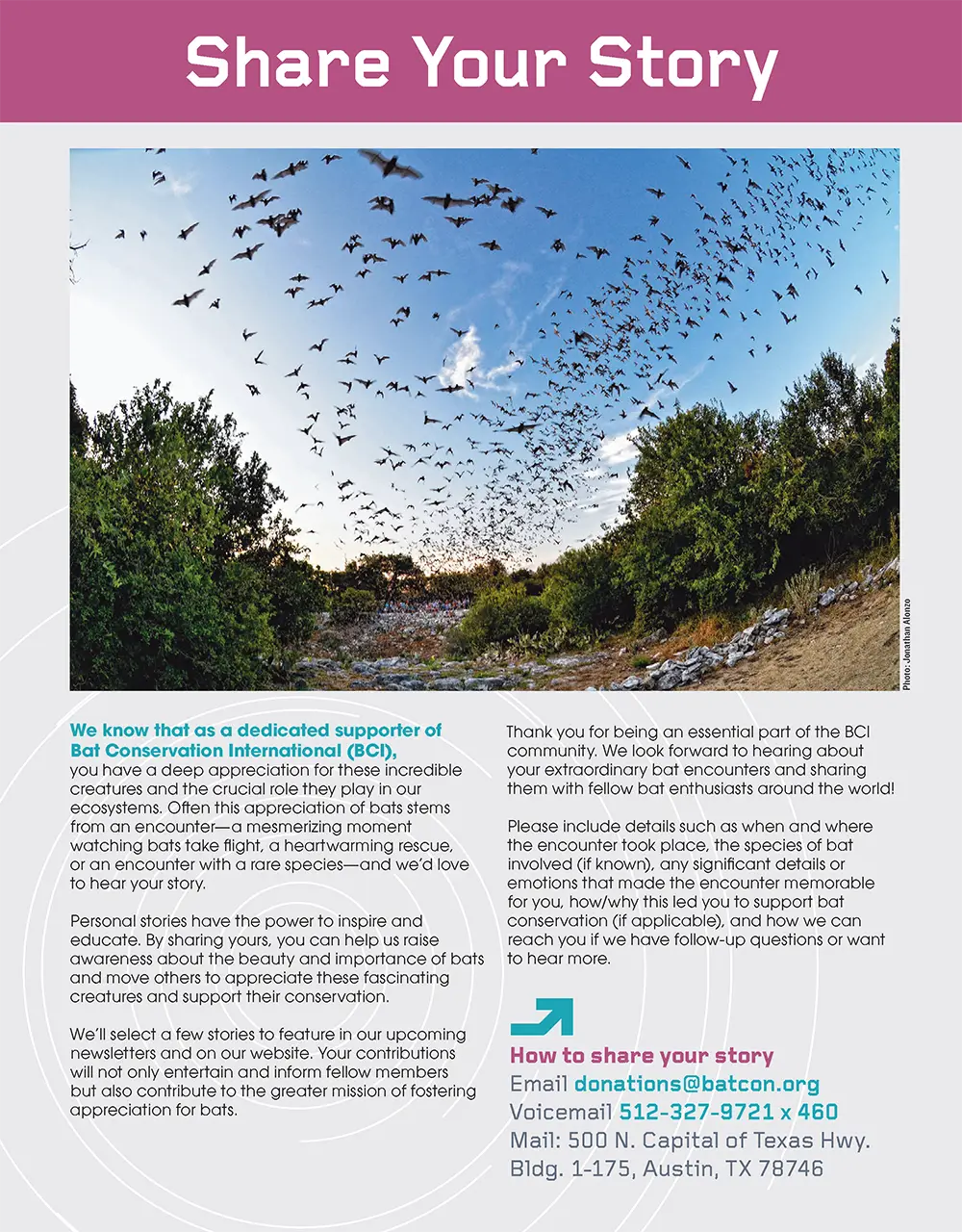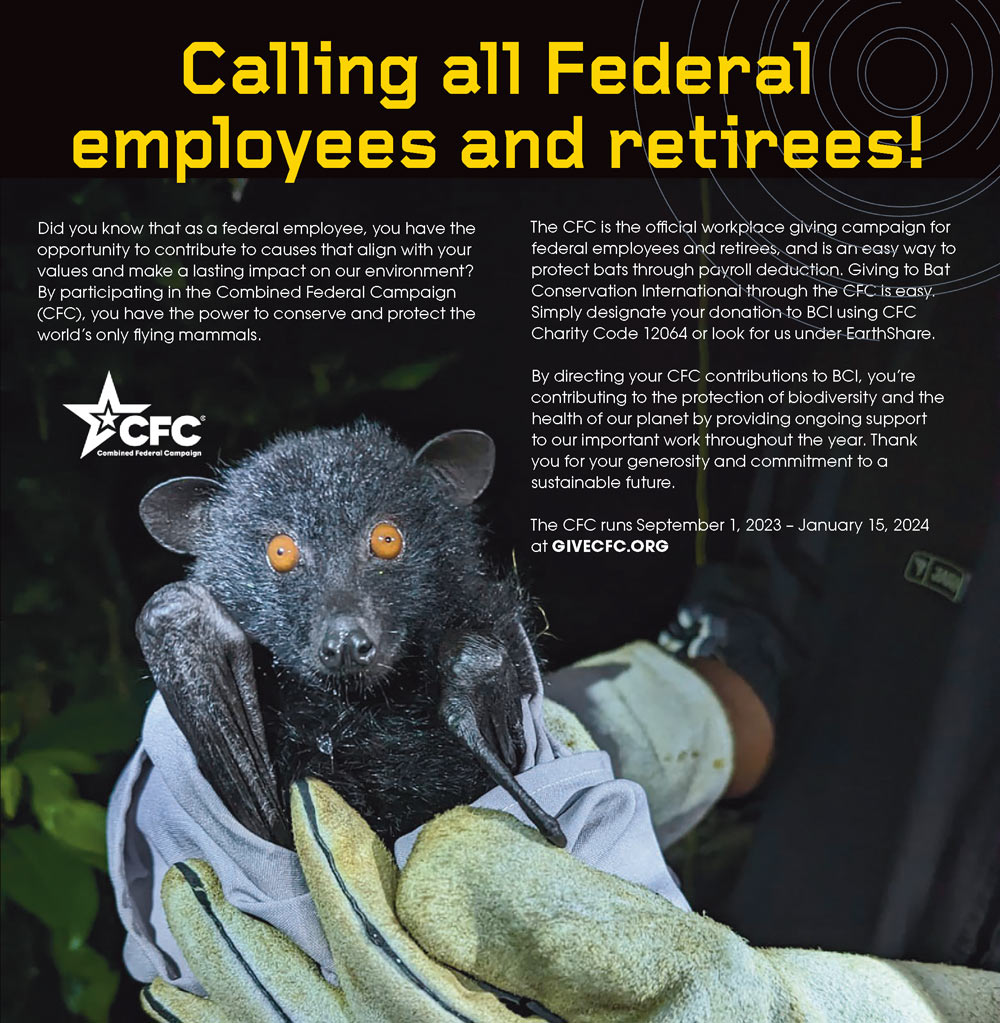Bat Conservation International Bats Magazine


Banking

Inside this Issue

Features
Departments
news & updates
- Protecting large flying foxes in Malaysia
- Celebrate Bat Week
- BCI earns prestigious award
- Join a Bat Chat
- Hope for Fijian free-tailed bats
- The 31st International Congress for Conservation Biology
- Donations protect Jamaican flower bats
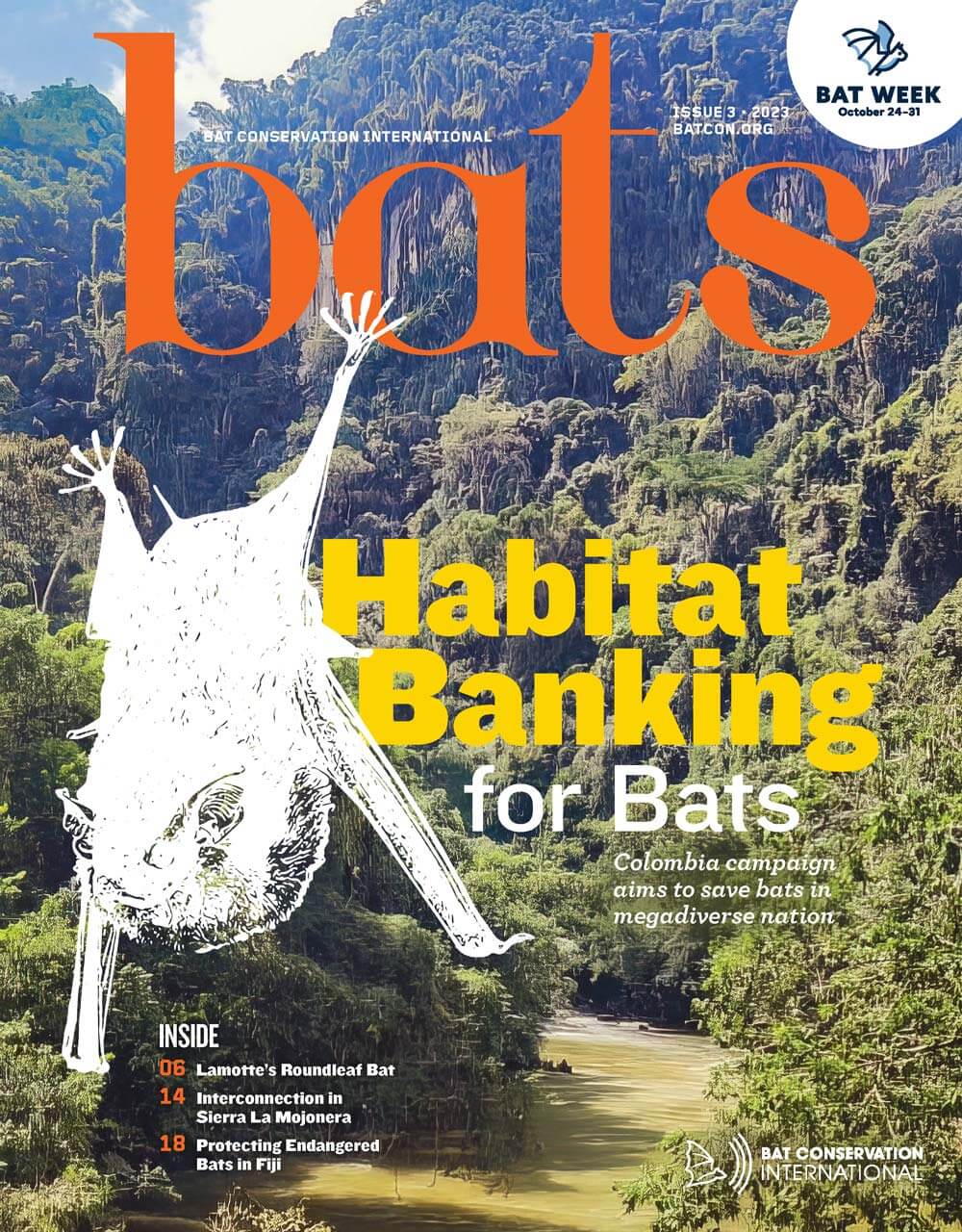
Habitat banking provides promising strategy to save Colombian bats.
Image: Leidy López-Sepúlveda


What Success Looks Like
Today, Bat Conservation International (BCI) is celebrating. Thanks to outpouring donations from supporters worldwide, BCI is preparing to purchase a crucial parcel of land in Jamaica to save a vital maternity roost of Critically Endangered Jamaican flower bats. This land purchase could be the difference between the survival of this species and the once-looming threat of extinction.
Masthead

500 North Capital of Texas Highway, Building 1
Austin, TX 78746
512.327.9721
Kristen Pope
Javier Folgar
Michelle Donahue / Proofreader
Publication Management GLC, part of SPM Group
Bats Magazine welcomes queries from writers. Send your article proposal in a brief outline form and a description of any photos, charts, or other graphics to the Editor at pubs@batcon.org.
Members: We welcome your feedback. Please send letters to the Editor to pubs@batcon.org. Changes of address may be sent to members@batcon.org or to BCI at our Austin, Texas, address above. Please allow four weeks for the change of address to take effect.
Chair
Dr. Andrew Sansom,
Vice Chair
Don Kendall, Treasurer
Eileen Arbues, Secretary
Dr. Gerald Carter
Gary Dreyzin
Dr. Brock Fenton
Danielle Gustafson
Timo Hixon
Dr. Shahroukh Mistry
Sandy Read
Dr. Nancy Simmons
Jenn Stephens
Roger Still
Dr. Enrico Bernard
Dr. Sara Bumrungsri
Dr. Gerald Carter
Dr. Liliana Dávalos
Dr. Brock Fenton
Dr. Tigga Kingston
Dr. Stuart Parsons
Dr. Paul Racey
Dr. Danilo Russo
Dr. Nancy Simmons
Dr. Paul Webala
Mike Daulton, Executive Director
Mylea Bayless, Chief of Strategic Partnerships
Dr. Winifred Frick, Chief Scientist
Michael Nakamoto, Chief Operations Officer
Kevin Pierson, Chief of Conservation and Global Strategy
Visit BCI’s website at batcon.org and the following social media sites:



Protecting Large Flying Foxes in Malaysia
Bat Signals
batsignals

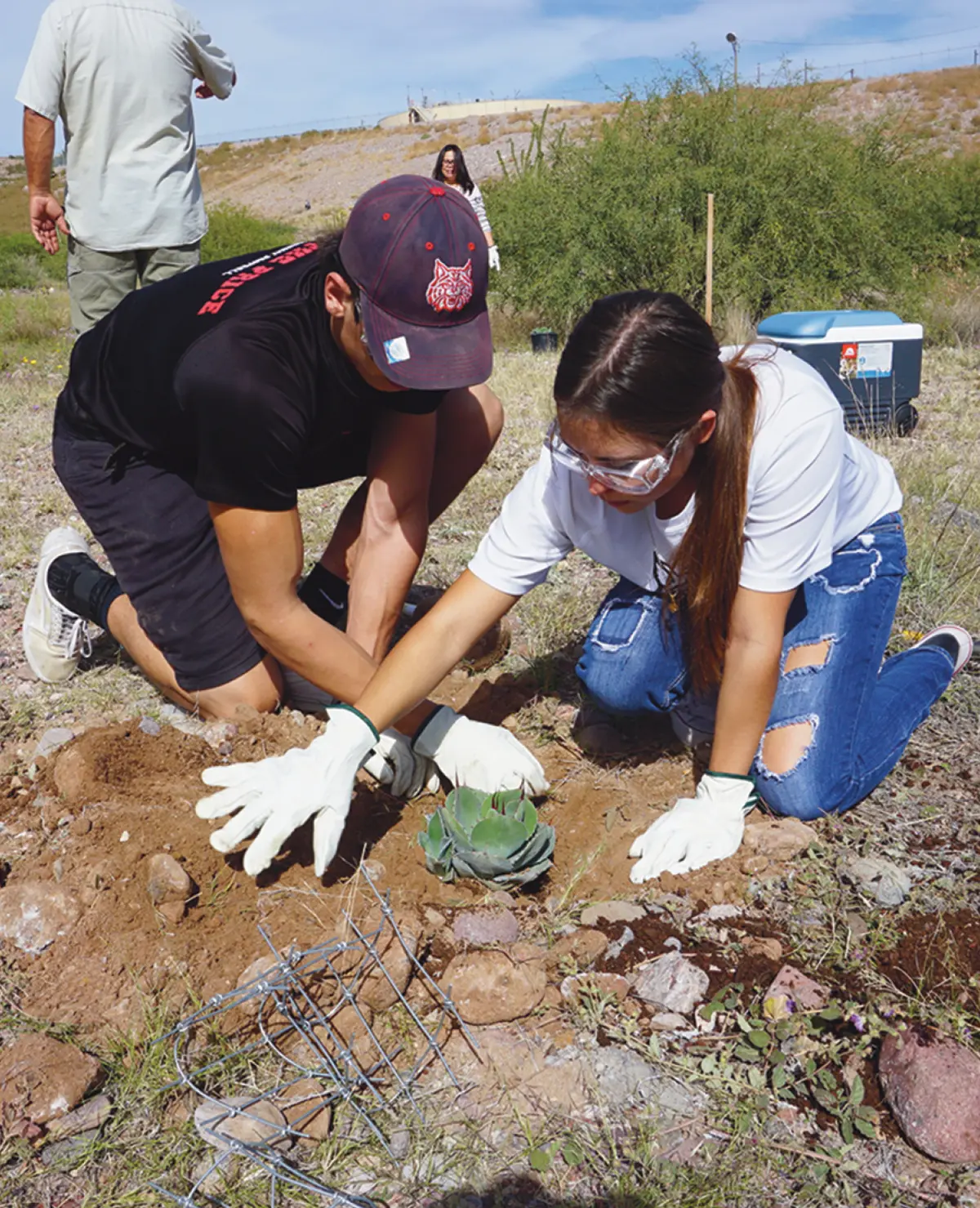
Celebrate Bat Week
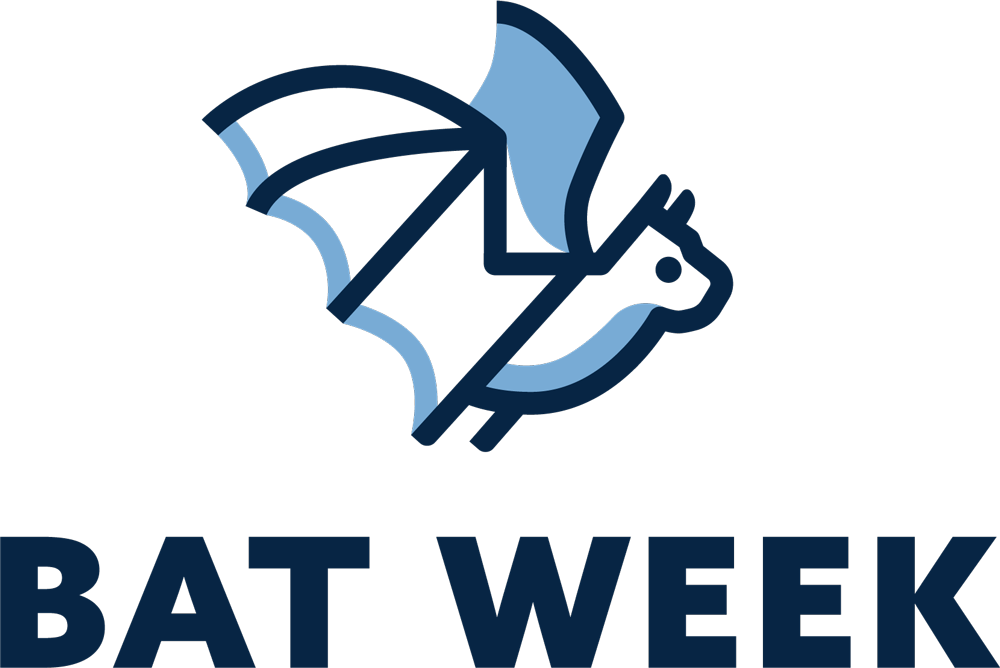
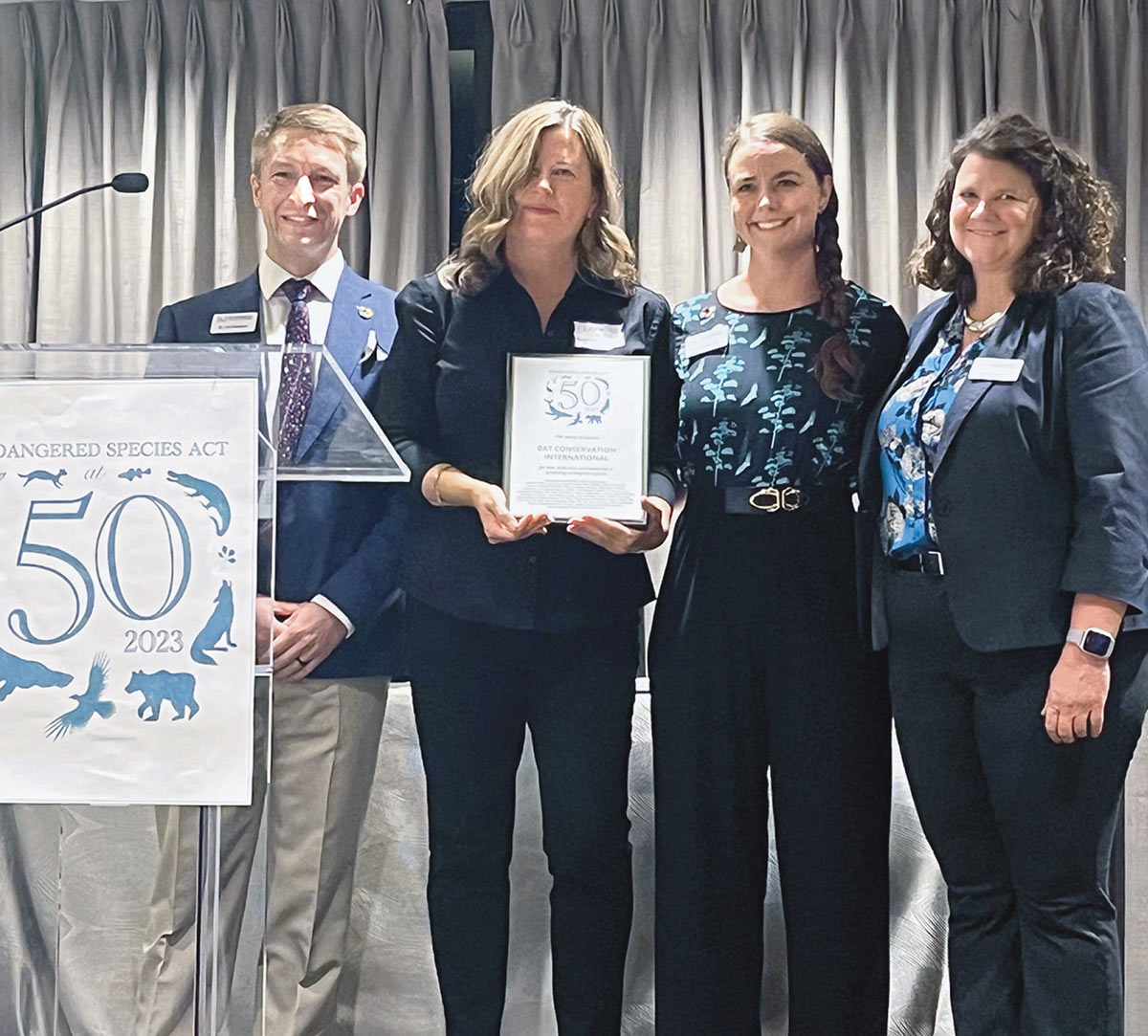
ESA at 50 Coalition Presents BCI with a Prestigious Award

Binomial
Family
Remaining numbers
Weight
Diet
Status

Lamotte’s Roundleaf Bat
n West Africa, the Nimba mountain range rises from the lowlands of Guinea, Liberia, and Côte d’Ivoire (Ivory Coast), with its montane forests reaching an elevation of 5,715 feet at the highest point. Isolated from other mountain ranges and dramatically different from the environments at lower elevations, the Nimba chain of mountains is a hot spot for biodiversity, and it holds exceptional concentrations of endemic species, many of which are severely threatened. The United Nations Educational, Scientific, and Cultural Organization (UNESCO) calls this landscape “an isolated refuge” and “an exceptional site from an ecological perspective.”
As other wildlife groups work to protect other threatened species like the Nimba toad (the only true viviparous frog or toad on Earth) and several types of threatened primates, Bat Conservation International (BCI) works to save a diminishing number of Critically Endangered Lamotte’s roundleaf bats (Hipposideros lamottei) from extinction.
Habitat Banking for Bats

arst is known for being festooned with caves since the bedrock erodes and creates caves, sinkholes, and other natural features. In Colombia’s Karst Corridor of Eastern Antioquia (CoKOA), these features provide excellent habitats for bats. Scientists have found more than 66 caves in this region with at least 55 known bat species, including the Endangered Antioquian sac-winged bat (Saccopteryx antioquensis). The intricate interplay between the geological features and the winged residents they host led to RELCOM recognizing the area’s significance in 2019. Designated as an Area of Importance for the Conservation of Bats (AICOMs), the Karst Corridor shows how these habitats are irreplaceable for bat conservation.
Fifty-five bat species sounds like a lot—and it is—and these bats are a diverse group. “The 55 bat species include an array of different feeding groups,” says Bat Conservation International (BCI) Regional Director for Latin America and Caribbean Initiatives Dr. Melquisedec Gamba-Rios. “That includes nectarivorous, frugivorous, insectivorous and carnivorous bats, and that area even has one species of fishing bats and vampire bats. It’s an array of all the feeding groups.”
Interconnection in Sierra La Mojonera

Community involvement is key to Sierra La Mojonera bat conservation
ndangered Mexican long-nosed bats (Leptonycteris nivalis) and agave plants enjoy a beautiful, mutually beneficial relationship that has evolved over thousands of years. As mutualists, the bats pollinate the agave, and the agave sustains the bats. Agaves aren’t just essential to bats. They provide shelter and are a food source for other animals and are important to the economic success of people.
That’s why protecting Endangered nectar-eating migratory bats means protecting the agave plants they feed on. Dr. Ana Ibarra, Bat Conservation International’s (BCI) Strategic Advisor for Endangered Species, takes a long-term and collaborative view towards solving this problem.


Protecting Endangered Bats in Fiji
BCI has been working with the National Trust and other Fijian organizations since 2013 to create an informed management plan that ensures the long-term ecosystem viability of the cave, and watershed feeding it, which seeks to benefit generations of local villagers and Endangered bats alike. In addition to being a critical habitat for the Endangered bat species, the cave serves as a primary water source for the bats, an important breeding ground for aquatic species, and a sacred ritual space for people in the nearby Nakanacagi Village.

Vacationing with the Bats
Jenna Crabtree, Taylor Francis, Alex LeGresley, Russel Oplinger, Ben Walker, and Josie Shaw, all students from the Aggie Grotto, an off-campus caving club, volunteered to work alongside Bat Conservation International (BCI) staff collecting important data on bats in the Texas Panhandle.

Connecting in East Africa
In July, BCI staff from the ESI program and Science Department traveled to the 31st International Congress for Conservation Biology in Kigali, Rwanda. The meeting is a forum for members of the international conservation community to present research and share experiences, and 1,218 delegates attended from 91 countries.
“It’s interesting to see how other conservation practitioners are working to protect different species and habitats, and how that changes depending on which country individuals are working in and what the issues are,” says Dr. Jon Flanders, Director of Endangered Species Intervention at BCI, who attended the conference. “It’s a great knowledge exchange opportunity for everyone involved.”

Supporters Protect Jamaican Flower Bats
With the help of supporters, BCI purchased the cave for Jamaican authorities to protect. But as development continued around the immediate area, the bats faced threats from light and noise pollution and human interference.
The final remaining forested parcel of land right next to the cave entrance became available for purchase, offering an opportunity to create a buffer zone around the cave. So BCI contacted its generous supporters to secure the funds needed to complete the purchase.
fieldnotes

50 Years of Protecting Endangered Species
ifty years ago, Congress passed the Endangered Species Act to protect threatened and endangered wildlife. This landmark legislation was built on decades of work with the first Congressional Act to protect U.S. wildlife back in 1900. The Lacey Act was then passed to prevent passenger pigeons from going extinct. It outlawed moving illegally taken wildlife across state lines. Since then, many laws have helped protect wildlife.
In 1964, the Committee on Rare and Endangered Wildlife Species was appointed by the Department of the Interior, and this committee soon pressed Congress for legislation. In 1966, the Endangered Species Preservation Act allowed the creation of a list of Endangered species and their habitat to be included in the new National Wildlife Refuge System. The first list was created the following year, including 14 mammals, 36 birds, 22 fish, three reptiles, and three amphibians. In 1969, the Endangered Species Conservation Act expanded protection from the 1966 legislation.

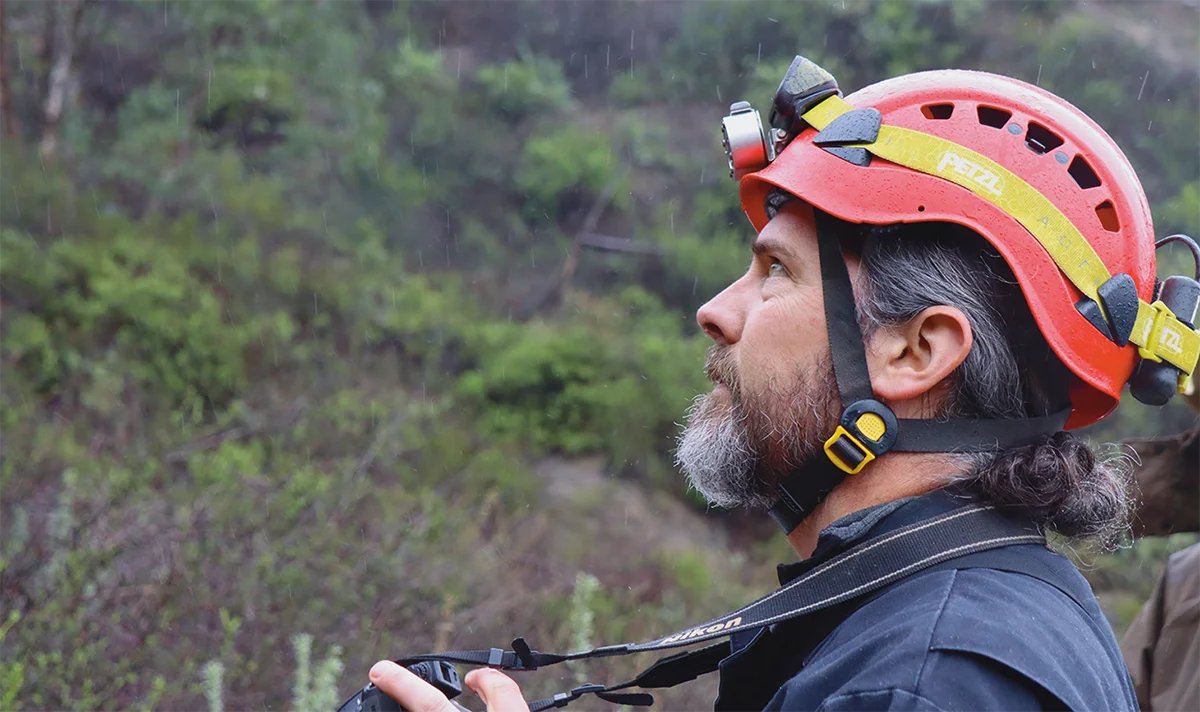
Going Underground
hawn Thomas leads the Subterranean Team of Bat Conservation International’s (BCI) Habitat Protection and Restoration Program, which works to preserve, protect, and restore subterranean habitat through federal and state land management agencies and private landowner collaborations. He joined the Subterranean Team in 2014 after working with the National Park Service to manage, explore, and document the cave systems of the western U.S.
What threatens bats’ subterranean habitat?


Finding Your Place in Conservation
ats weren’t Erin Cord’s first wildlife love. She was very fond of one of their food sources: insects. As an undergraduate, Cord took classes in entomology—a surprising choice, given her childhood fear of insects. But studying the creatures in an academic setting rather than meeting them by chance gave her an entirely new perspective.
“All of a sudden, I realized, ‘They’re awesome!’ That was the spark that excited a passion for wildlife,” she says.
After graduating with a double major in Wildlife Conservation and Entomology, Cord, now the Community Engagement Manager for Bat Conservation International (BCI), hopped from job to job doing fieldwork for wildlife research projects. Eventually, she enrolled in graduate school and continued her work with conservation and insects.
